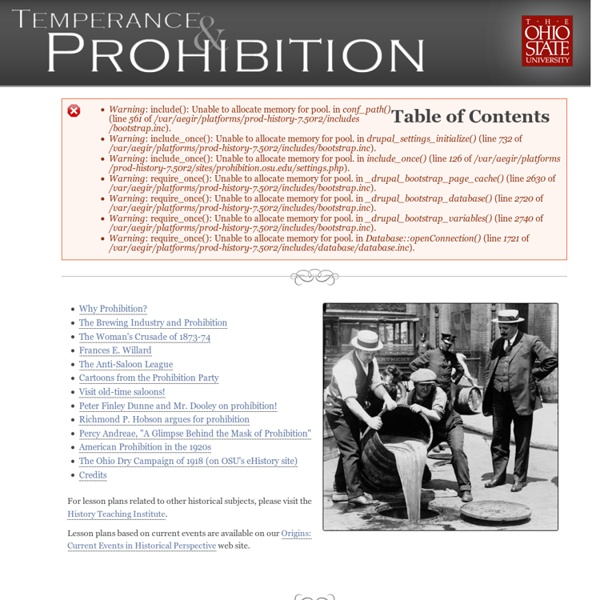



Finding Aid on the Cold War Compiled by Tim Wehrkamp Contents Preface Introduction Records in Presidential Libraries Comprehensive Subject Matter Records Newsreels and Television Broadcasts Record Group 306 (Records of the United States Information Agency) Still Pictures and Motion Pictures Textual Records Electronic Records Record Group 273 (Records of the National Security Council) Textual Records Records of the Military Textual Records Electronic Records Donated Material Still Pictures Motion Pictures Intelligence Records Textual Records Reconnaissance and Satellite Imagery Foreign Policy Records Textual Records Still Pictures Records of Congress Textual Records Appendix I: List of Record Groups (RG) Cited in Reference Information Paper 107 Appendix II: Sources of Additional Information About Records or Finding Aids Described in Reference Information Paper 107 End Notes Preface NARA's descriptive program comprises a variety of information products. John W. Introduction Records in Presidential Libraries
The Civil Rights Act of 1964: A Long Struggle for Freedom President Lyndon Johnson speaking to the nation from the White House prior to signing the Civil Rights Bill into law, while (left to right) Attorney General Robert F. Kennedy, Senate Minority Leader Everett M. Dirksen, Senator Hubert Humphrey, AFL/CIO President George Meany, Martin Luther King, Jr., and Representative Emanuel Celler listen, July 2, 1964. Prints and Photographs Division, Library of Congress September 10, 2014–January 2, 2016 This exhibition, which commemorates the fiftieth anniversary of the landmark Civil Rights Act of 1964, explores the events that shaped the civil rights movement, as well as the far-reaching impact the act had on a changing society. The Civil Rights Act of 1964: A Long Struggle for Freedom is made possible by a generous grant from Newman’s Own Foundation and with additional support from HISTORY®. Southwest Gallery, Second Floor, Thomas Jefferson Building
:::Civil Works Administration Photographs Home » Civil Works Administration Photographs The New Deal under President Franklin Delano Roosevelt attempted to provide recovery and relief from the Great Depression by the establishment of a number of emergency relief programs. The Civil Works Administration was a subdivision of the Federal Emergency Relief Administration which provided work relief for a large number of men during the winter of 1933 and 1934. Photographs depicting CWA projects in the state of Washington include road construction and improvements, bridge construction and maintenance, waterway improvements, playfield and park improvements, water and sewage pipeline repairs, school maintenance projects, hospital and nursing activities, and airport improvements. Despite the efforts of the CWA and similar programs, unemployment persisted in the early years of Roosevelt's presidency. About the Database This database was produced as part of the Crossing Organizational Boundaries IMLS Grant.
arts-crafts Prohibition University of Virginia Library Religion and the Founding of the American Republic | Exhibitions This exhibition demonstrates that many of the colonies that in 1776 became the United States of America were settled by men and women of deep religious convictions who in the seventeenth century crossed the Atlantic Ocean to practice their faith freely. That the religious intensity of the original settlers would diminish to some extent over time was perhaps to be expected, but new waves of eighteenth century immigrants brought their own religious fervor across the Atlantic and the nation's first major religious revival in the middle of the eighteenth century injected new vigor into American religion. The result was that a religious people rose in rebellion against Great Britain in 1776, and that most American statesmen, when they began to form new governments at the state and national levels, shared the convictions of most of their constituents that religion was, to quote Alexis de Tocqueville's observation, indispensable to the maintenance of republican institutions.
Forward Together: SC in WWI Photographs from the Golden Age of Jazz The Library of Congress Music Division, Library of Congress Search by Keyword | Browse by Name | Subject | Venue The William P. Gottlieb Collection, comprising over sixteen hundred photographs of celebrated jazz artists, documents the jazz scene from 1938 to 1948, primarily in New York City and Washington, D.C. The mission of the Library of Congress is to make its resources available and useful to Congress and the American people and to sustain and preserve a universal collection of knowledge and creativity for future generations. The Library of Congress presents these documents as part of the record of the past. Special Presentations In His Own Words: Photos and Commentary by William Gottlieb Gottlieb on Assignment American Memory | Search All Collections | Collection Finder | Teachers
Prohibition Our Documents - 100 Milestone Documents The following is a list of 100 milestone documents, compiled by the National Archives and Records Administration, and drawn primarily from its nationwide holdings. The documents chronicle United States history from 1776 to 1965. Complete List of Documents Please note that you can always use the thumbnail images at the top of every page to navigate directly to any of the 100 Milestone Documents. home 100 milestone documents the people's vote tools for educators news & events national competitions about this site contact information related resources search Privacy & Use Accessibility Women and Social Movements in the United States, 1600-2000